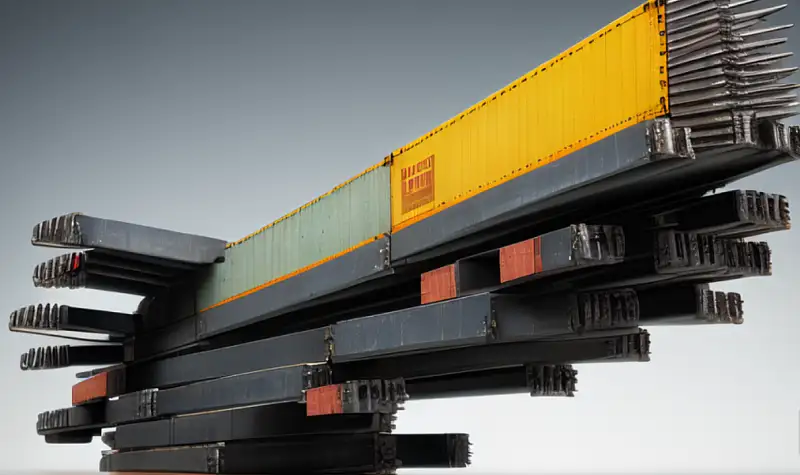In recent years, with the rapid development of the logistics industry, cargo handling technology has made significant progress. Among them, dual mast forklifts and single mast forklifts have gained considerable attention as common loading and unloading equipment. Each of them has its own advantages and characteristics, offering different application values in various scenarios. This article provides a comprehensive comparison and analysis of dual mast forklifts and single mast forklifts, aiming to provide readers with inspiration and reference.
Dual Mast Forklifts:
Let’s begin by understanding dual mast forklifts. A dual mast forklift is a loading and unloading equipment with adjustable telescopic features, allowing for efficient and precise handling of goods with varying dimensions. Dual mast forklifts have a high load-bearing capacity, making them suitable for handling large-sized goods. The dual mast functionality enables horizontal adjustment of the cargo, facilitating convenient loading and unloading processes and reducing the complexity of manual operations. Due to their capabilities, dual mast forklifts are widely used in warehousing, logistics centers, and other related industries, contributing positively to the development of the logistics sector.
Single Mast Forklifts:
Meanwhile, single mast forklifts are also common loading and unloading equipment. Compared to dual mast forklifts, single mast forklifts have a simpler structure and more convenient operations. They are primarily employed for handling small-sized goods in industries such as retail and express delivery. The advantages of single mast forklifts lie in their flexibility and low maintenance costs. They can be quickly adjusted according to specific requirements, meeting the demands of goods with various dimensions. Moreover, given their relatively simple structure, the maintenance costs associated with single mast forklifts are also low, making them more prevalent in resource-constrained environments.
Comparison and Conclusion:
Now let’s compare the advantages and disadvantages of dual mast forklifts and single mast forklifts. Dual mast forklifts excel in terms of their load-bearing capacity, making them suitable for handling large-sized goods and scenarios requiring higher efficiency. On the other hand, single mast forklifts offer advantages in terms of flexibility, maintenance costs, and easier learning curve, making them ideal for handling small-sized goods and resource-limited environments. When selecting loading and unloading equipment, it is crucial to consider the actual requirements and specific scenarios to maximize efficiency and cost-effectiveness.
Dual mast forklifts and single mast forklifts play vital roles in cargo handling technology, each with unique advantages and characteristics. Dual mast forklifts are suitable for handling large-sized goods and scenarios requiring high efficiency, while single mast forklifts are ideal for handling small-sized goods and resource-constrained environments. When selecting loading and unloading equipment, it is necessary to consider the actual requirements and specific scenarios, while also keeping an eye on industry innovation and development trends. By doing so, we can enhance efficiency, reduce costs, and ensure safety in cargo handling operations.
We hope this article has provided you with valuable insights into dual mast forklifts and single mast forklifts. Should you have any questions or concerns, please feel free to contact us. Thank you for reading!

